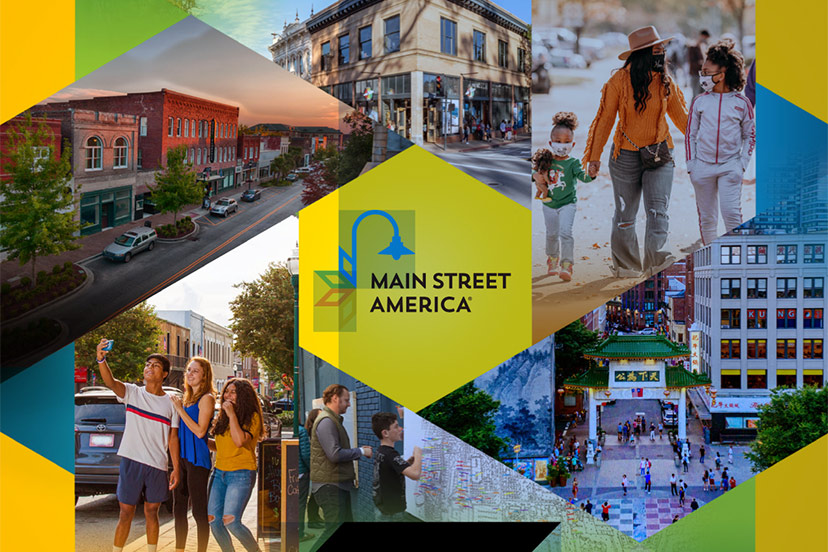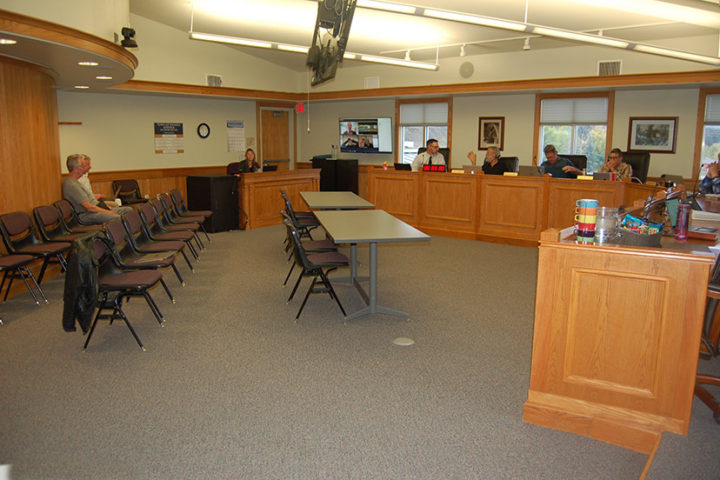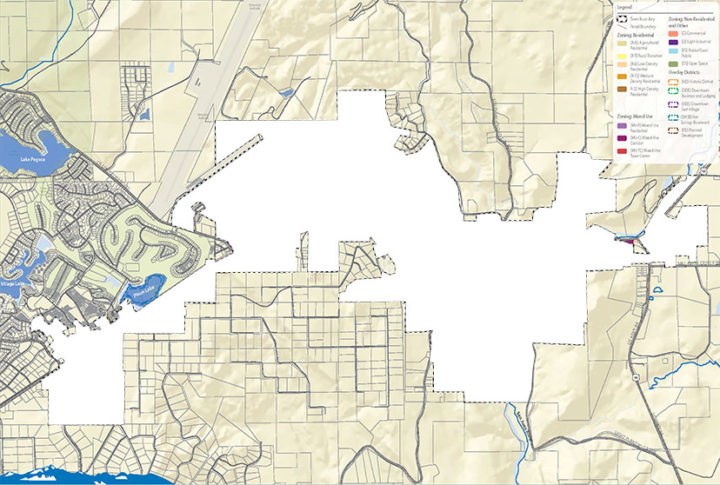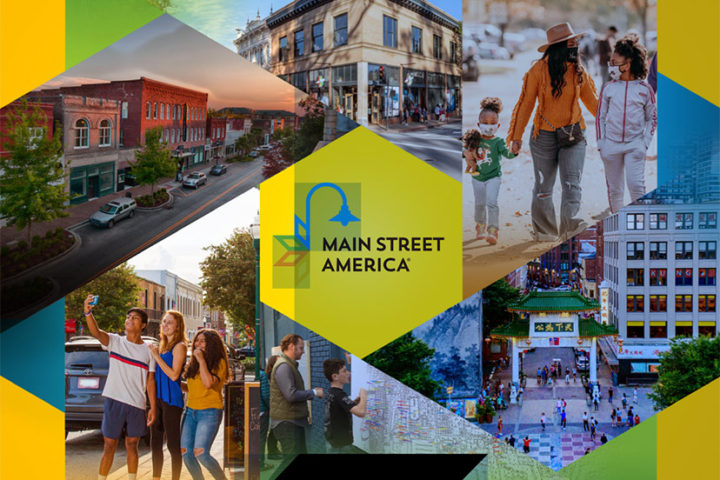There are no indications from the Town government, yet, that they are hoping to use any of additional taxpayer funds from a proposed 37.5% sales tax rate increase, as a tool to develop a ‘Main Street’ program.
The voters will have a chance to express their opinion on Ballot Measure 1A this coming November, which — if approved — would increase the amount of sales tax paid by the community from about $17 million (in 2022) to perhaps $24 million in 2023.
The proposed tax is perpetual. If approved, the Archuleta County government would split the sales tax money 50/50 with the Town government, as they’ve been doing traditionally, under a joint agreement.
At last night’s regular meeting, the Town Council voted 5-2 to approve a resolution supporting the proposed $6.5 million tax increase. The ‘Yes’ vote was encouraged by Mayor Shari Pierce, who briefly described the numerous ways the Town Council might spend the extra money. The Main Street program was not mentioned.
The room last night was not terribly crowded with members of the public.
In fact, as the meeting began, the only two members of the public in the room were myself, and Glenn Walsh, who serves with me on the Pagosa Area Water and Sanitation (PAWSD) board of directors. We both spoke in opposition to the resolution, but to no avail.
I will share a bit more about the sales tax controversy on Monday.
But let’s finish our discussion about the new ‘Main Street Advisory Board’. The functions of the Board are currently being supported by coordinator Kat McFadden, under a contract between the Town and the Pagosa Springs Community Development Corporation (PSCDC)… the same government-supported organization that has pledged to fund a $10,000 election campaign… to encourage the passage of Ballot Measure 1A… on behalf of the two local governments that supply at least 90% of the PSCDC’s local funding.
I hope I’ve made a decent case for the argument that the Town of Pagosa Springs has, historically, paid very little attention to the western 2/3 of its jurisdiction, west of downtown. Yes, some progress has been made on the never-ending, multi-million-dollar ‘Town to Lakes Trail’ that might someday allow town residents and tourists to walk or cycle two miles uphill — or allow Pagosa Lakes residents to walk or cycle two miles downhill — on their way to… somewhere?
I say, “somewhere”, because the economic and cultural structure of Pagosa, and of America, has changed rather dramatically since I moved here in 1993.
According to the US Census Bureau, the Town of Pagosa Springs had a population of 1,207 residents in 1990, which was about 23% of the total Archuleta County population (5,345).
In 2020, the population of the municipality was about 1,751… which was about 13% of the total Archuleta County population (13,359).
So then, a change from about 1/4 of the community, to about 1/8 of the community, since I moved into my downtown house.
But the economic changes have been even more dramatic, with regards to downtown Pagosa. For example, we used to have two laundromats downtown. Think about that for a moment. Two laundromats, downtown.
We had the town’s only drug store, the only medical clinic. Almost all the banks were downtown, and almost all the restaurants, and almost all the auto part stores. The only grocery store was downtown. We had a hardware store. Sears was downtown. A shop selling classic, refurbished wood stoves. A telephone company office. A TV repairman. A shoe repair shop. A florist. A soda fountain.
A funeral home, for heavens sake.
The elementary school on S. 10th Street was pretty much the western edge of the community, in terms of economic activities. But not in terms of population. Already in 1990, 3/4 of the community population lived outside the town limits.
Then the Town government annexed nearly all the future commercial property along Highway 160, west of the elementary schools, and we got a municipal government with plenty of sales tax potential, and very little responsibility for the surrounding public roads and infrastructure.
Fast forward to 2022, and maybe 90% of our economic activity now takes place west of the old elementary school.
Downtown, meanwhile, has become overrun with t-shirt shops and second-hand stores. Ooops, I mean, ‘antique shops’. And of course, marijuana dispensaries.
Gone are the laundromats, the TV repairman, the shoe repairman, the florist, the soda fountain. The drug store is still there, but it’s also been converted into a gift shop. The churches moved out into the suburbs.
No one is to blame for these changes. Time moves on. Shoes and TVs become disposable items. Walmart arrives. People begin to do their shopping online.
It’s perfectly natural for an old, historical downtown, that once served as its community’s heart, to become a Disneyland Main Street, where everything appears to be a tourist souvenir.
A theme-park Main Street can be attractive. In fact, that can be its primary function — to attract attention, and visitors.
.This change to our downtown might be hard for us to recognize, especially for those of us who have lived here for 30 years or longer. The change happened slowly, almost imperceptibly. The architecture remained pretty much the same, with appropriate upgrades, but the types of business activities trended ever more to the ‘tourism’ end of the economic spectrum.
The modest Spring Inn motel became the world-famous Springs Resort.
The Spa Motel became the Healing Waters Resort. Goodman’s doubled its size and added a fine selection of collectible souvenirs. Working class cafes were remodeled into fancier restaurants and bars.
It’s the only way to survive. You become a theme park Street, because it works.
But my question, since the start of Part One, has been a simple one. If we are going to expend a lot of taxpayer money and bureaucratic time and energy on a project called “Main Street’… and if it’s all meant to happen within the part of our community that’s slowly turning into Disneyland…
… are we leaving behind the people who actually live here?
I suppose we can learn to love living in a theme park… but I wonder if the ‘Main Street Advisory Board’ has a better idea?






